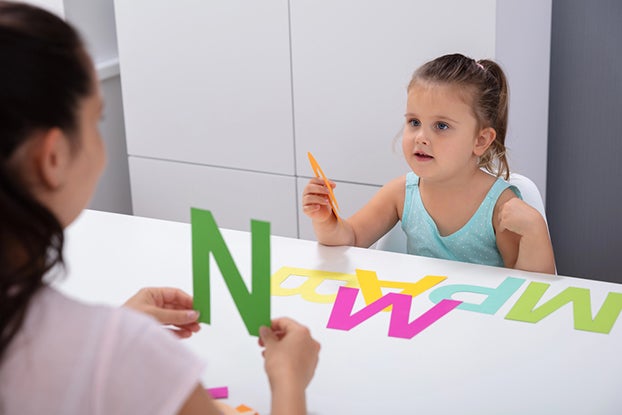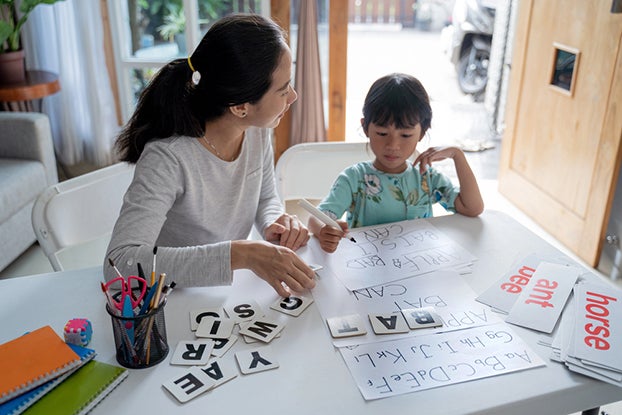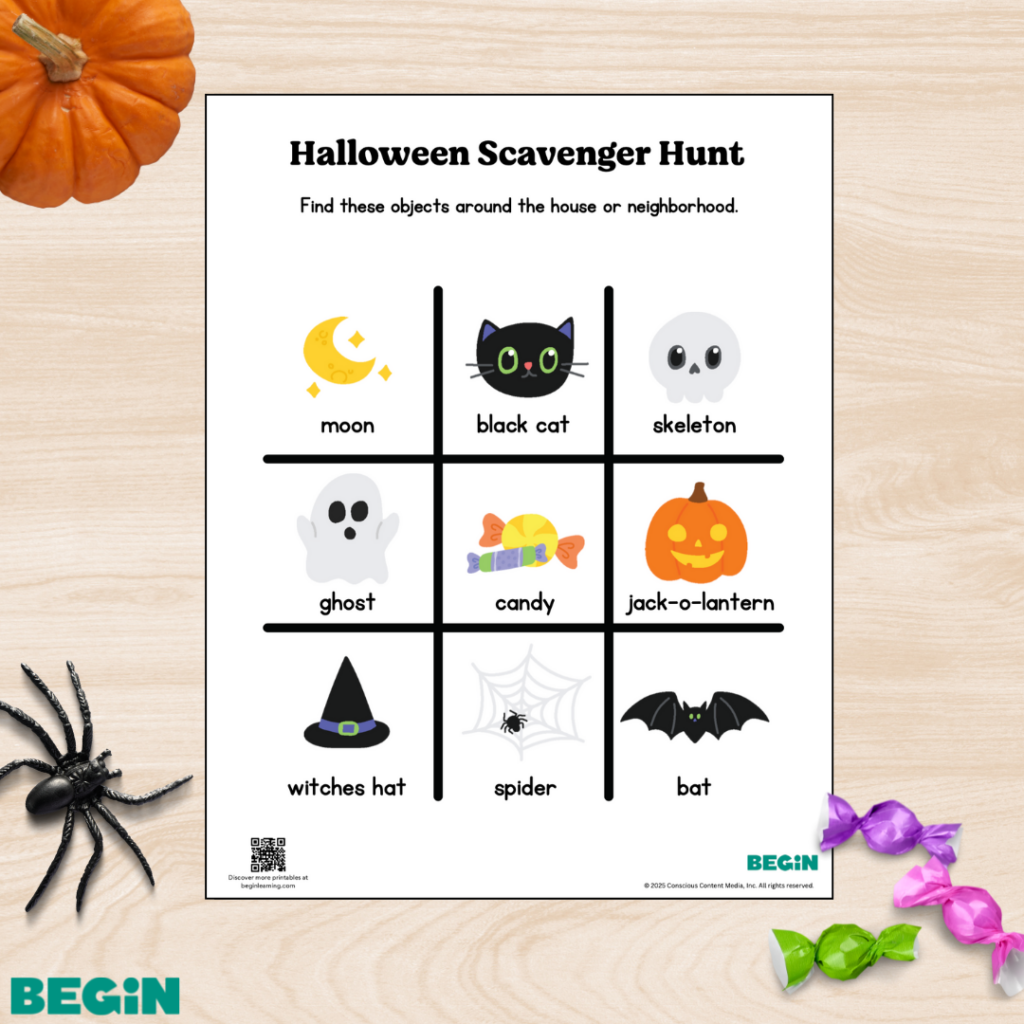Learning to read is an important milestone in your child’s educational journey. But with so many different methods and approaches to teaching reading, where do you even begin? One popular method that has gained traction in recent years is called synthetic phonics.
In this article, we’ll explore synthetic phonics and share some tips for teaching your child to read using this method. Let’s dive in!
Table of Contents
What Is Synthetic Phonics

Synthetic phonics is a method of teaching reading that focuses on the relationship between letters and sounds. It involves breaking down words into individual phonemes or sounds and then blending those sounds together to form words.
For example, the word rat has three phonemes. When you break it apart, you have /r/ /ă/ /t/.
And while the word rat also has three letters, it’s important to note that sounds and letters aren’t always a one-to-one match. Some sounds require two or more letters, like /sh/ in the word shark or /igh/ in the word sigh.
These are called digraphs and trigraphs. Students typically study these sounds in first and second grade, though they may be introduced to some in kindergarten. It takes a few years to teach the 44 sounds produced by the 26 letters of the English alphabet.
Benefits of Synthetic Phonics
While not every child learns to read using synthetic phonics, it’s one of the most popular teaching methods for a reason.
Here are some benefits of using synthetic phonics:
- Systematic approach: Synthetic phonics is a structured and systematic method of teaching reading. It takes your child through a logical sequence of learning, starting with basic letter-sound correspondences and building on them as they progress.
- Focus on decoding: Synthetic phonics helps children learn how to decode words and read unfamiliar terms by breaking down words into individual sounds. This lays the foundation for future reading skills.
- Helps with encoding: As students learn how to decode words, they also learn how to encode or spell them. Since they study the relationship between letters and sounds, your child will be able to spell words more easily.
- Suitable for learners of all ages: Older children who are struggling to read can also benefit from synthetic phonics instruction. It also works well for younger, beginning readers.
- Proven effectiveness: Numerous studies have shown that synthetic phonics is an effective method for teaching children how to read.
Other Methods of Teaching Phonics

Though synthetic phonics is a reliable method of teaching phonics, it’s not the only recognized method. Your child’s teacher could use a different approach, like one of these:
- Analytical Phonics: Instead of learning the sounds first, this method starts at the word level. Children are shown familiar words and asked to break them into smaller units, such as syllables or sounds.
- Analogy Phonics: Students look for patterns in words. They might study word families and focus on rhyming words as they learn how to read.
- Embeddable Phonics: This approach follows the natural ebb and flow of a child’s reading development. Children are introduced to new letter-sound relationships as they encounter them in books.
It’s also common to teach children to read using multiple methods. For instance, your child might be exposed to a mixture of synthetic phonics and analytic phonics as they learn how to decode words.
There’s no one-size-fits-all approach when it comes to reading instruction. Some students may respond better to one method over another. And many teachers use a combination of strategies to cater to the diverse learning needs in their classrooms.
Synthetic Phonics Teaching Tips

Now that you know more about synthetic phonics, here are some tips for using this method at home to help your child learn to read.
Start Slowly
Learning to read is a marathon, not a sprint. In other words, it takes time.
Start with just one letter sound and build from there. Once your child is confident with a few letters, show them how to blend them to make words.
Stick to a Plan
When teaching synthetic phonics, it’s best to follow a plan. That way, you systematically move through all 44 sounds.
Introduce common, single letter sounds first, like /s/ /c/ /ă/ and /t/. After working through these, move on to less common single-letter sounds. Then, you’ll move on to digraphs and trigraphs.
When you start working on those more complex letter combinations, your child will have the foundational skills to tackle them confidently.
Use a Multi-Sensory Approach
Children learn best when they can engage multiple senses. When teaching phonics, try incorporating different activities and materials catering to their sense of sight, sound, smell, taste, and touch.
Here are some fun hands-on ideas to try:
- Form letters out of playdough
- Use flashcards with pictures and words
- Sing songs or changes that focus on specific letter sounds
- Play games like “I Spy” using objects that start with a specific sound
- Use alphabet cookie cutters to cut out letters from toast, cookie dough, or other food items
- Ask your child to close their eyes and listen to the letter sound
- Play letter sound hopscotch by writing letters in the squares and asking your child to call out each sound as they jump
Keep Lessons Short
Young children have short attention spans. To make the most of learning time, keep lessons short and sweet. Aim for five to 10 minutes at a time, a few times daily.
While it doesn’t seem like much, these minutes will add up throughout the week, and you’ll be amazed at how quickly your child can learn.
Integrate Technology

In today’s digital age, technology can make learning more engaging. Check out the HOMER app by Begin. It:
- Uses a research-based approach that includes synthetic phonics instruction to help children learn to read and spell.
- Follows a personalized reading pathway based on your child’s skills and interests.
- Offers engaging stories, songs, and activities to reinforce reading skills.
- Makes learning fun with interactive games and animations.
- Can be combined with HOMER Early Learning Kits from Little Passports to create a blended learning experience.
- Offers interactive feedback to help them know if they got the sound and word correct.
- Has a parent dashboard to help you track their progress over time.
Plus, the HOMER app comes with a free trial so you can see if it’s a good fit.
Encourage Repetition
While doing the same activity over and over again may seem boring to you, it’s a great way for children to learn. Each time they practice, they strengthen the connections in their brains, leading to more instant recall.
As you introduce new sounds each week, review a few of the ones they already know. This repetition will keep them fresh in your child’s mind, making them easier to remember.
You can also encourage repetition by incorporating sound practice into daily activities. For example, while you’re at the grocery store, ask your child to find three things that start with the /r/ sound.
Learning can happen anywhere, so take advantage of everyday moments to reinforce your child’s reading skills.
Stay Positive
Your attitude matters. Children pick up on the energy around them, and if you’re feeling positive and excited about what they’re learning, they will, too!
Stay patient and encouraging if your child struggles to learn a particular sound or word. If you feel frustrated, it’s better to end the learning session early than to convey negative emotions toward reading.
It’s OK to take a break and come back again later.
Celebrate Small Victories
Each child learns at their own pace, so it’s important to celebrate small victories along the way. Whether they’ve recently learned a new sound or decoded a few words independently, praise your child for their progress.
Here are a few ways to visually track what they’ve learned:
- Create a sticker chart where they can add a sticker for each new sound they learn.
- Make a word wall to display the words they can decode and watch it grow over time.
- Create a reading journal where your child can draw pictures of their favorite lessons and experiment with writing.
- Make a picture with 44 different spaces to color in. Ask your child to color one spot for each sound they master.
This positive reinforcement will help build their confidence and motivate them to keep learning.
Ready to Read with Begin!

Learning to read is a journey that requires patience, encouragement, and a positive attitude. Creating a fun and supportive learning environment for practicing synthetic phonics instruction can help your child develop a love of reading that’ll last a lifetime.
The HOMER app by Begin is a great way to help your child master letter sounds through interactive games and activities. With its fun and engaging approach, your young reader will have a blast while they’re learning!














